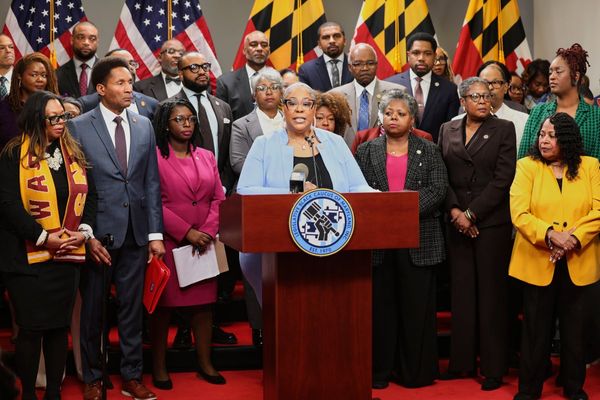Streaming companies are cracking down on password sharing, as the number of quarterly subscription cancellations in the U.S. grows.
Why it matters: Password-sharing used to be a feature of the video subscription economy, allowing consumers to easily sample content across different services. Now that there's so much competition, it's a bug.
Driving the news: Netflix on Wednesday said it will start testing ways to enable subscribers who share passwords outside of their households to do so "while also paying a bit more."
- It will test two new features in Chile, Costa Rica, and Peru that allow households to add an extra member for up to two people they don’t live with at a cost or allow any shared Netflix plan users to transfer their shared profile information and data either to a new account or an extra member sub account.
Be smart: Netflix is under pressure to increase its margins and grow its memberships, following a subscription slowdown at the end of last year and weak guidance for the first quarter.
- The tech giant said Wednesday that password sharing impacts its "ability to invest in great new TV and films for our members."
Flashback: Last March, Netflix tested showing users pop-ups asking them to verify their account with an email or text code.
- HBO Max only lets up to three profiles within the same account stream at the same time. Hulu with Live TV forces users to pay to stream from the same account via more than two devices at the same time.
By the numbers: More than one-third of Americans (36%) share their Netflix account passwords with relatives, according to a new study by The Advertising Research Foundation, while 13% share them with friends.
- Fewer Americans share their Amazon Prime passwords with relatives (22%) and friends (8%), likely because they are are tied to retail account information.
- To no surprise, the study also found that larger households tend to have more co-viewing. Among subscription streaming services, Disney+, followed by Netflix and Amazon, has the most co-viewing activity among households, likely due to the family-friendly nature of its programming.
Be smart: Many streamers assume a set of devices belong to the same household as long as they connect through the same IP address.
- That assumption doesn't address co-viewing (people watching content at the same time via the same device), nor does it account for families using different devices via different IP addresses.
What to watch: One way streamers are able to reduce monthly churn is by partnering with telecom providers to offer their services via TV or phone plans that are typically harder to cancel. Disney+ debuted with a distribution plan with Verizon. Netflix has a distribution deal with T-Mobile.
Go deeper: Streaming's cancel culture problem







